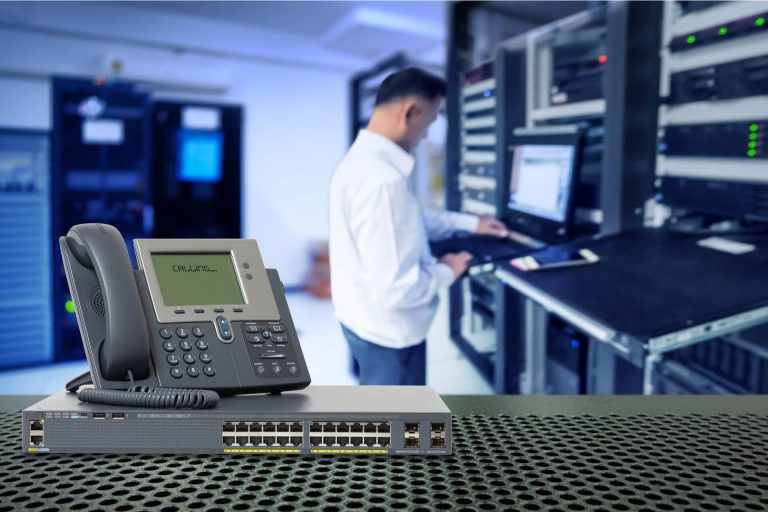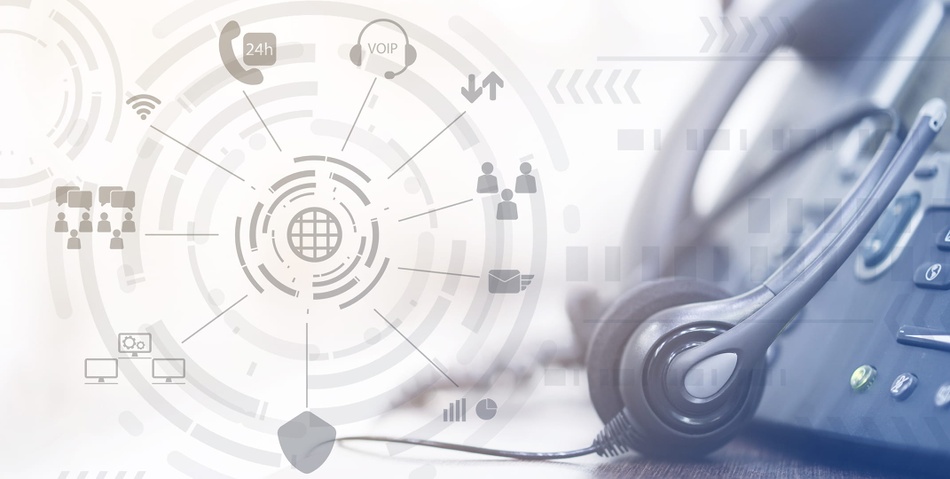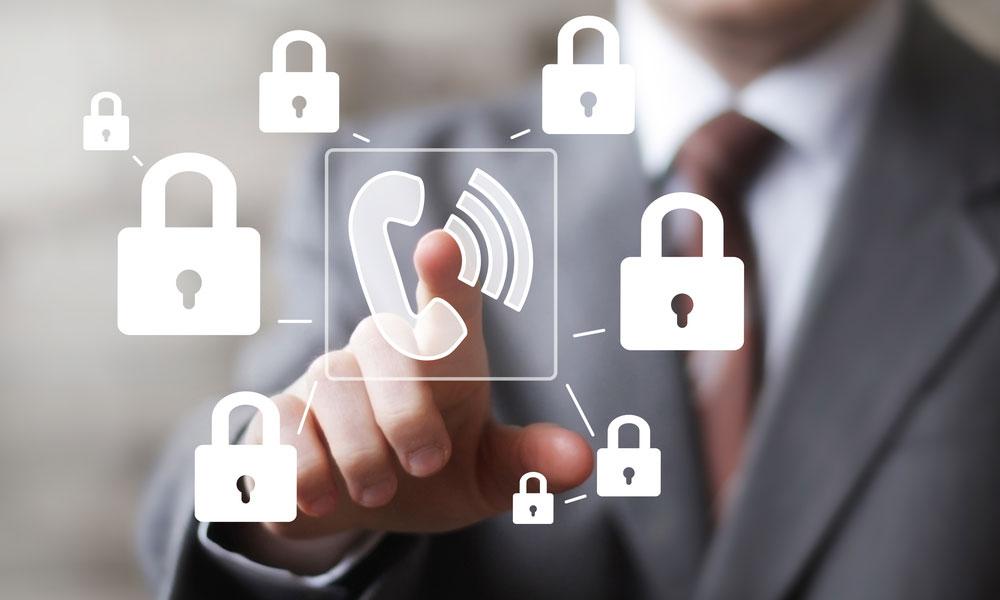Voice over Internet Protocol, or VoIP, has become essential for business communication in today’s digital environment. It is critical to address the particular security issues raised by VoIP technology when firms move to these systems. Essential VoIP security best practices are covered in this blog article to guarantee the integrity and privacy of your business communications.
Section 1: Recognizing Vulnerabilities in VoIP

Overview of VoIP Security Issues: Compared to traditional telephony, VoIP systems have particular security issues. Because they depend on data networks, they are vulnerable to a range of cyberthreats, such as identity theft, eavesdropping, and service interruption.
Section 2: VoIP Security Methodologies

VoIP service providers are dedicated to making sure that their communication solutions are secure. This entails putting advanced security measures and procedures in place to protect client information and stop illegal access.
Overview of Security Features: Outlining particular security features—like user authentication, encryption, and network security—that are incorporated into VoIP services. This section sheds light on how providers handle the particular security issues that VoIP systems provide.
Section 3: VoIP Encryption Procedures

The significance of encryption: Examining the vital function that encryption plays in safeguarding voice data while it is being sent. With encryption, you may be sure that even if your data is intercepted, it can’t be decrypted without the right key.
Section 4: Access Control and User Authentication

Securing VoIP System Access: Examining the role that user authentication plays in thwarting illegal access to VoIP systems. Strong user authentication procedures are in place to guarantee that the communication services are only accessible to and used by authorized users.
Access Controls: Describes the available role-based access and user permissions among other access control mechanisms. These features, which restrict access to particular functionalities depending on user roles and responsibilities, help to create a safe environment.
Section 5: Security Measures for Networks

Infrastructure Security: Offering advice on how to protect the VoIP communications-enabling network infrastructure. highlighting the necessity of intrusion detection systems, firewalls, and other network security measures in order to defend against outside threats.
Section 6: Patch management and routine software updates

Updates are crucial: Emphasizing the value of deploying patches to fix known vulnerabilities and updating software on a regular basis. describing how VoIP systems’ security can be jeopardized by outdated software that can be exploited.
Patch management practices: talking about the dedication to patch VoIP systems as necessary. This involves being proactive in finding vulnerabilities and fixing them quickly so that users can take advantage of the most recent security improvements.
Section 7: Preventing VoIP Fraud

Common VoIP Fraud tactics: Examining typical VoIP fraud tactics, include identity theft and toll fraud. shedding light on the financial ramifications of VoIP fraud as well as other threats to enterprises.
Fraud Prevention Measures: Describes functions intended to identify and stop VoIP fraud. This entails keeping an eye on call trends, putting authentication systems in place, and reacting quickly to anything questionable to lessen the effect of fraudulent instances.
Section 8: Teaching Users the Best Practices for Security

Human Factor in Security: Stressing the need of user education and awareness in improving VoIP security. recognizing the vital role users play in preserving a secure communication environment.
Resources for User Education: Presenting materials and instruments designed to instruct users on security best practices. This could involve providing users informational guides, training materials, and continuing support so they can make decisions that improve security.
Conclusion
Summarizing the key takeaways, it’s evident that prioritizing VoIP security is paramount in the digital age. Businesses are encouraged to implement security measures to protect their communication infrastructure and maintain the confidentiality and integrity of their data. As part of this commitment, considering reputable VoIP service providers like Nextiva can further enhance the overall security posture. A call to action is extended to businesses to stay vigilant and proactive in the face of evolving cybersecurity threats, with Nextiva as a reliable partner in securing their communication ecosystem.


